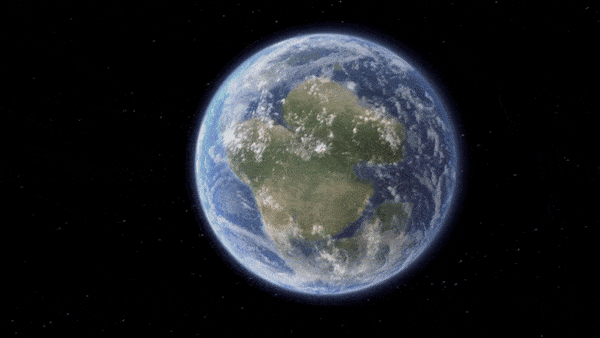When you purchase through links on our website , we may realise an affiliate commission . Here ’s how it go .
A major quenching in the midst of a huge expansion of life on Earth may have been driven byplate tectonics .
Modern research find link between rock layers in Antarctica and Southern Australia , which at the time were part of the supercontinent Gondwana . This suggests that alike kinetics were occurring aroundthe supercontinentroughly 513 million years ago : Mountains were uplifting , ancient Reef were give out , and eroded stuff from the continent was pouring into the ocean . These bit in time coincide with the extinction known as the Sinsk result , said study leaderPaul Myrow , a sedimentologist at Colorado College .

Trilobite fossils recovered from the Transantarctic Mountains.
" funnily , it was plate tectonic theory that triggered an extinction , " Myrow tell Live Science .
The Sinsk result occurred during the Cambrian period ( 540 million to 485 million geezerhood ago ) , which saw a Brobdingnagian variegation of life onEarthknown as theCambrian blowup .
But in the midsection of this flourishing , the Sinsk extinction bolt down off several major group , including cone - shelled creature called hyoliths and sponger call archaeocyathids , which once build tremendous reefs all over the globe . Researchers know that the Sinsk event was linked to fall tier of O in the ocean , but they have n’t been capable to pinpoint the precise causal agency .

A map showing the positions of Australia and Antarctica in the Gondwanan supercontinent.
tie in : The 5 mass extinction event that mold the history of Earth — and the 6th that ’s happening now
Now , Myrow and his colleagues say they have the response . The tectonics of Gondwana , which formed between 600 million and 540 million long time ago , triggered a serial publication of event that drown the archaeocyathid reefs and altered the oceans , they report March 29 in the journalScience Advances .
The clue to these events was incur in rock level in Antarctica ’s Transantarctic Mountains and on Kangaroo Island , Australia . Myrow and his colleagues collected samples in Antarctica in 2011 , including trilobite fossils from long - dead archaeocyathid reefs . Then , about a twelvemonth ago , Pomona College geologistRobert Gainestold Myrow he ’d run into similar rocks on Kangaroo Island , which is also stud with fogy trilobites .

These trilobites were the key to the timing of the loss of the reefs . Because trilobitesevolvedquickly , researchers can enjoin how old a rock is by the species of trilobite fossilized inside it . In both Antarctica and Australia , the fossils dated to between 514 million and 512 million age ago — right around the time of the Sinsk consequence .
" Everything clicked into property , " Myrow said . " There was the same geologic chronicle all the mode over in Australia as there was in Antarctica . "
At the time of the Sinsk issue , both continent were part of Gondwana , with today ’s Antarctica model on the equator and Australia at a in high spirits line of latitude . The locations point a similar narration in the rock stratum . The extinction of the archaeocyathid reefs coincided with elephantine quite a little - edifice events . As the mountains bulge up on estate , the nearby shallow oceans right off the coast subsided in a variety of seesaw motion of the cheekiness . This have the archaeocyathid reef to suddenly change , submerging them past their ability to survive . Next , erosion from the new mountain ranges deck layers of cobbles and gravel over the submerge Rand .

Meanwhile , Myrow aver , the tectonic movements that make mountains to lift in some places also caused the crust to stretch out in others , allowing magma to rise up to the control surface and harden into the rock basalt , a geological formation known as a “ large pyrogenous province . ” These red-hot magma land dozens ofgreenhouse gas , like sulfur dioxide and carbon dioxide , causing Earth ’s atmosphere to warm .
— Scientists just find a hidden 6th people defunctness in Earth ’s ancient past
— 19 ' mass extinctions ' had CO2 point we ’re now veering toward , study warns

— After the ' Great Dying , ' life on Earth took million of years to recover . Now , scientists get laid why .
This thawing , in act , slowed the circulation in the ocean — a phenomenon that research worker worrymay happen again todaywith human - inducedclimate change . This slowdown of sea circulation led less - oxygen - rich water to slump to the ocean bottom . This wipe out off many existing organisms , Myrow say .
" The old , more primitive ones did n’t do so well , " he say .

Large fiery provinces have been blame for other extinctions , but with less certainty than the Sinsk issue , Myrow said , " I do n’t be intimate of any others that I could signal to where it ’s so clearly put down out . "













